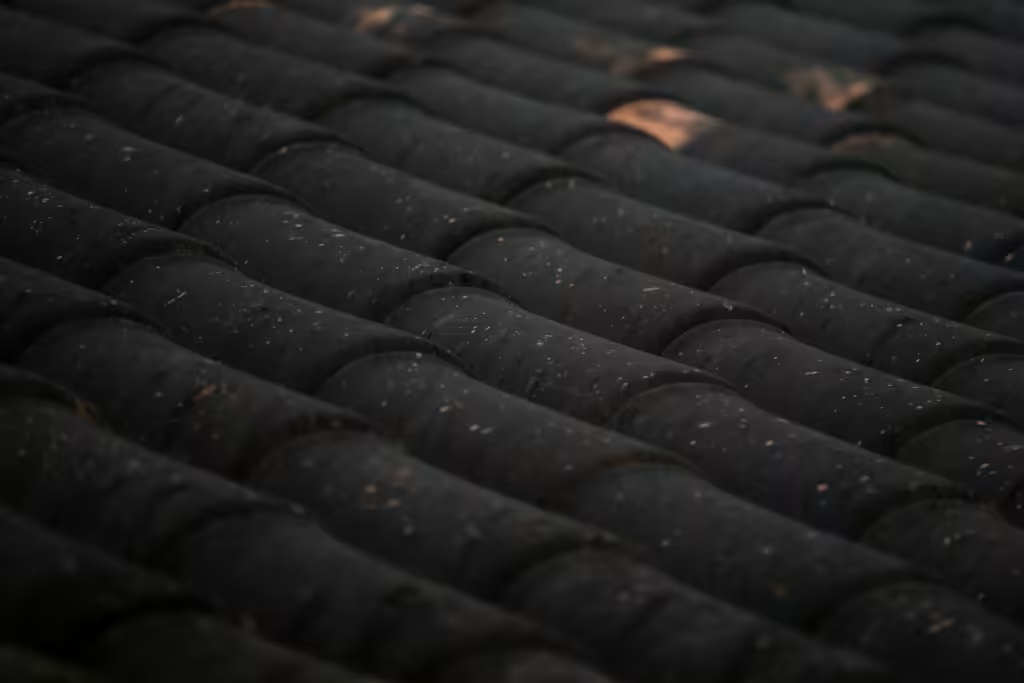Roof shingles are a critical component of residential and commercial roofing. These flat, rectangular elements are laid in an overlapping pattern across a roof to create a protective barrier against environmental elements, enhance the building’s appearance, and contribute to its energy efficiency. This article explores the key features, types, installation process, and essential functions of roof shingles.

Introduction to Roof Shingles
Roof shingles are roofing materials designed to provide layered, overlapping protection for buildings. Each shingle, a flat, rectangular piece, is laid in courses starting from the bottom edge and working up to the top. This layout ensures that each shingle layer covers the seams of the layer below, adding resilience to the entire roof structure. Shingles come in various materials and colors, allowing homeowners to choose a style that complements their building’s architecture and personal preferences.
Features of Roof Shingles
Waterproof Barrier
One of the primary features of roof shingles is their waterproof quality. They form a protective layer over the roof, guarding the building against water penetration, snow buildup, and ice formation. By repelling these elements, shingles help maintain the integrity of the roof and, consequently, the entire building. Effective waterproofing keeps moisture from seeping into the roof structure, which can lead to mold growth, rot, and structural issues over time.
Installation Method
Roof shingles are installed to create an interlocking, overlapping system that covers seams effectively. By positioning each shingle above the seam of the layer below, roofers prevent water from entering through the gaps. This installation is crucial in areas with high precipitation or fluctuating temperatures, where the integrity of the roof must withstand seasonal changes.
Course Structure
Roof shingles are arranged in successive courses:
- Starter Course: This first layer, installed along the roof’s bottom edge, serves as the foundation for all subsequent layers.
- Ridge Course: This is the final course at the roof’s peak, typically capped with a ridge piece, cap, or vent. These caps allow for necessary ventilation while covering the seams at the ridge.
Types and Color Variations of Roof Shingles
Roof shingles come in various types, each with unique characteristics suited to different climates, aesthetics, and budgets. Common types include:
- Asphalt Shingles: The most popular due to their affordability, durability, and variety in color and style.
- Wooden Shingles: Known for their rustic look, they are ideal for traditional or cottage-style homes.
- Slate Shingles: These are high-end, durable, and fire-resistant, often used in historic or luxury buildings.
- Metal Shingles: Known for their longevity and resistance to harsh weather, metal shingles are lightweight and eco-friendly.
Color choices in asphalt shingles, in particular, offer versatility. Lighter colors are ideal for reflecting heat, helping regulate indoor temperatures, while darker shades can add depth and warmth to a building’s aesthetic.
Laying Roofing Shingles
Before installing roof shingles, it is essential to select the appropriate type. Different types of shingles suit different roof pitches and affect construction methods. For example, shingles for a steep-pitched roof may require a different approach than those for a low-pitched roof.
Installation Process
Shingles can be laid on either a lath or a solid roof deck with appropriate sheeting. This foundation provides support for the shingles and helps maintain their alignment. Installation begins with a starter course, and shingles are laid from the bottom to the top. An offset is usually provided at the edges to prevent leaks by ensuring that seams do not align vertically, thus providing an added layer of water resistance.
Functions of Roofing Shingles
Roof shingles fulfill several functions that go beyond simple coverage, impacting the building’s aesthetics, durability, and utility.
Aesthetics
The type of shingle chosen influences the building’s style and curb appeal. With numerous options—such as asphalt, wood, slate, and metal—homeowners can select a style that aligns with their architectural vision. Roof shingles can be installed in various patterns, enhancing the visual appeal of the roof and contributing to the building’s overall aesthetic.
Durability
The longevity and resilience of roofing shingles depend heavily on their quality and the materials used. High-quality shingles can last decades, withstanding wind, rain, and sun exposure. Lower-quality shingles may be cheaper but often have a shorter lifespan, requiring more frequent repairs or replacements. Poor-quality shingles can also lead to quicker deterioration of adjacent materials, such as underlayments and supporting beams, which can be costly to repair or replace.
Utility and Energy Efficiency
Roof shingles play a significant role in managing the building’s energy efficiency. They serve as an additional insulation layer, helping regulate indoor temperatures. For example, light-colored shingles can reflect sunlight, reducing heat absorption and keeping the building cooler, especially in warm climates. Darker shingles, on the other hand, may absorb more heat, which can be beneficial in colder areas. Shingles made from various materials also differ in their heat transfer properties, influencing the amount of heat entering the attic and living spaces.
Conclusion
Roof shingles are indispensable for any building, providing not only a shield against environmental elements but also enhancing aesthetic appeal and energy efficiency. They are a key element in sustainable building design, influencing the overall performance and lifespan of the structure. By understanding the features, installation methods, and functions of roof shingles, homeowners and builders can make informed choices that benefit both their building and the environment.
Selecting the right shingles is crucial to achieving the perfect blend of durability, utility, and style for a building. With the variety of materials and colors available, roof shingles offer both functional and aesthetic value, proving to be an essential component in modern construction.
